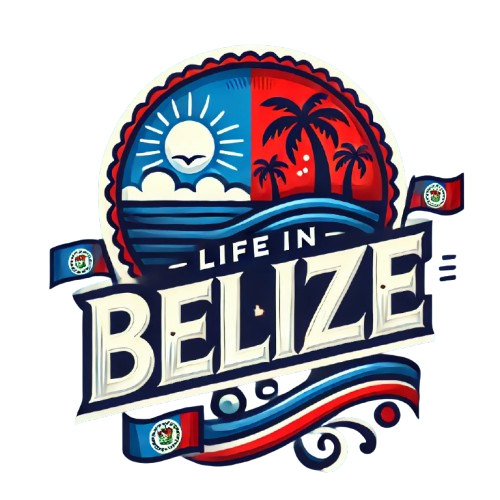History Of Carnival
History of Belize’s Carnival
Belize’s Carnival, much like that of Trinidad and Tobago, has a rich cultural history deeply rooted in colonial influences and the blending of African, Indigenous, and European traditions. The origins of Carnival in Belize can be traced back to the influence of the British during colonial rule, although its celebration here is quite distinct from its counterparts in larger Caribbean islands.
Before Belize became a British colony in the 19th century, the land was inhabited by the Maya civilization, whose traditions still influence the country’s culture today. However, it was during the British colonization in the 1800s that the seeds of what would become Belize’s Carnival were sown. The British brought African slaves to work the sugar plantations, and their cultural practices, including music, dance, and celebrations, mixed with European customs over time.
Initially, Carnival in Belize had a much smaller scale compared to the grand festivities of islands like Trinidad, but it followed similar patterns. The early Carnival celebrations in Belize were influenced by the Catholic calendar, with parties and festivities occurring around the period of Lent. These early celebrations included traditional masquerades, dancing, music, and even the wearing of costumes, much like the European Carnival traditions.
In the early 20th century, as Belizeans began to gain more independence, a unique version of Carnival emerged, shaped by the local customs and multicultural influences. The event grew in popularity, particularly with the rise of local musical genres like Punta and Brukdown, which became integral to the celebrations. Local communities, including the Creole, Garifuna, Mestizo, and other ethnic groups, brought their own music, dance, and costumes, making Belize’s Carnival a melting pot of traditions.
However, due to the more laid-back atmosphere in Belize, Carnival did not reach the same massive scale as in Trinidad and Tobago. Instead, it remained a local affair, often marked by street parades, parties, and smaller community-based celebrations. The celebrations focused on the joy of music, dancing, and unity, with large groups coming together to enjoy the vibrant cultural expressions of their country.
In the latter part of the 20th century and into the 21st century, Belize’s Carnival began to take on a more formalized structure, with bigger events like parades, concerts, and masquerade balls. Over time, Carnival has become an important cultural event that attracts both locals and tourists. The festivities now combine a variety of influences, from African drumming to Latin dance and Caribbean rhythms, blending all the cultural flavors of Belize’s diverse population.
Today, Belize’s Carnival is celebrated with much enthusiasm, particularly in cities like Belize City, where street parades and carnival queens are a major highlight. While it might not rival the scale of other Caribbean carnivals, Belize’s Carnival is a unique celebration of the country’s diverse heritage and its people’s resilience and creativity. Whether it’s dancing in the streets, playing Mas, or simply joining in the revelry, Carnival in Belize is an unforgettable experience that showcases the vibrant spirit of the country.

